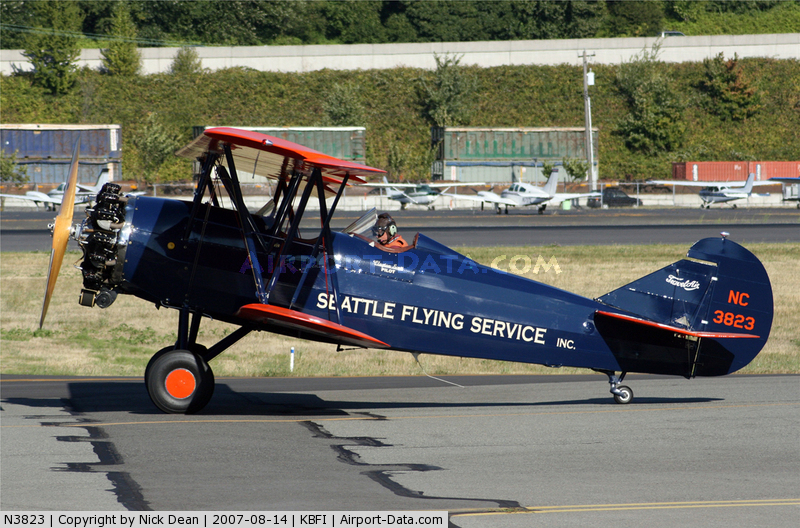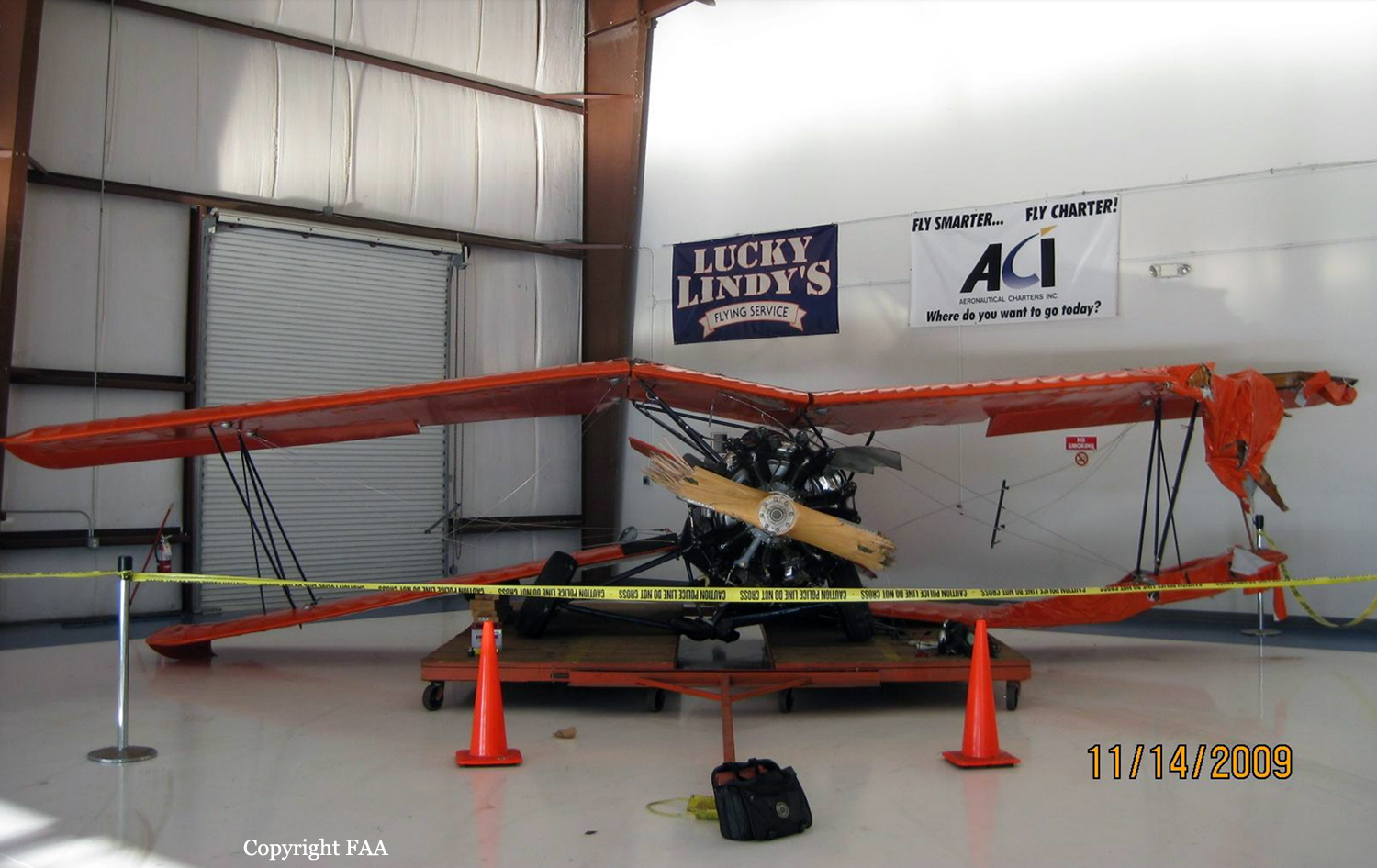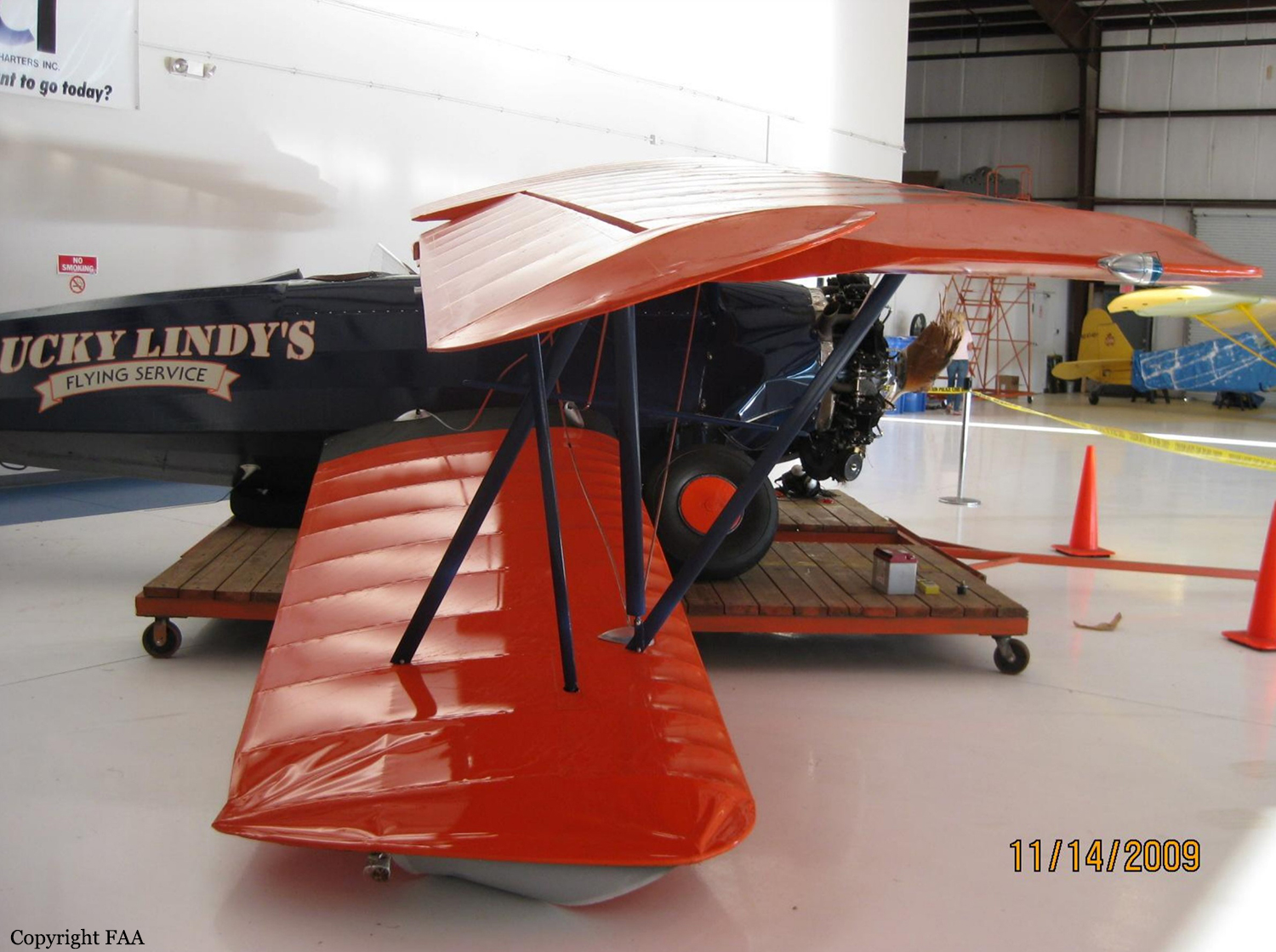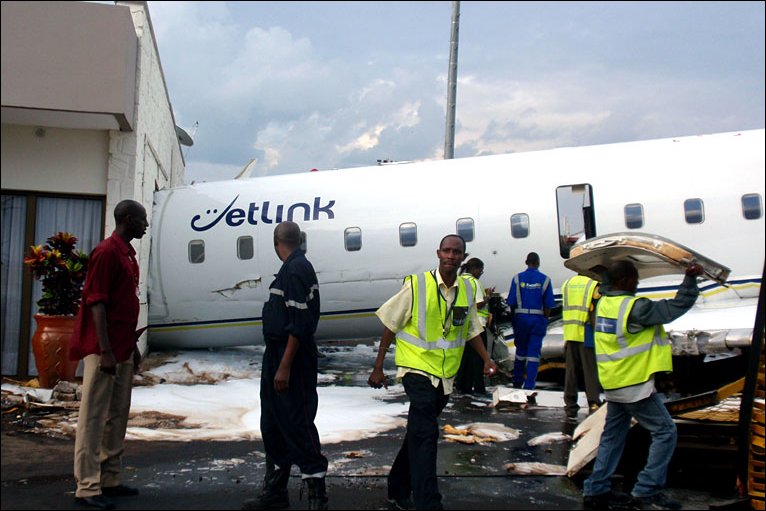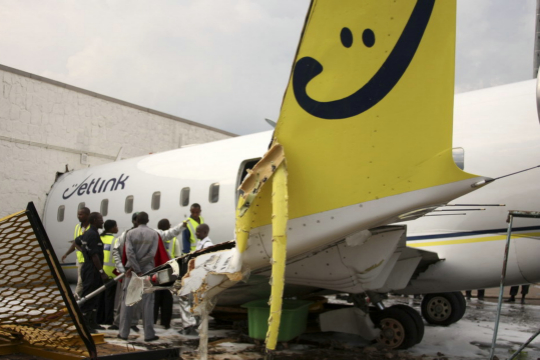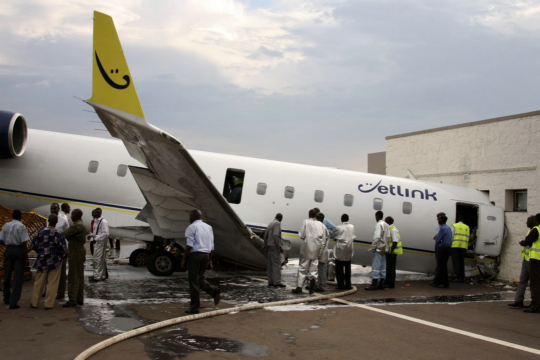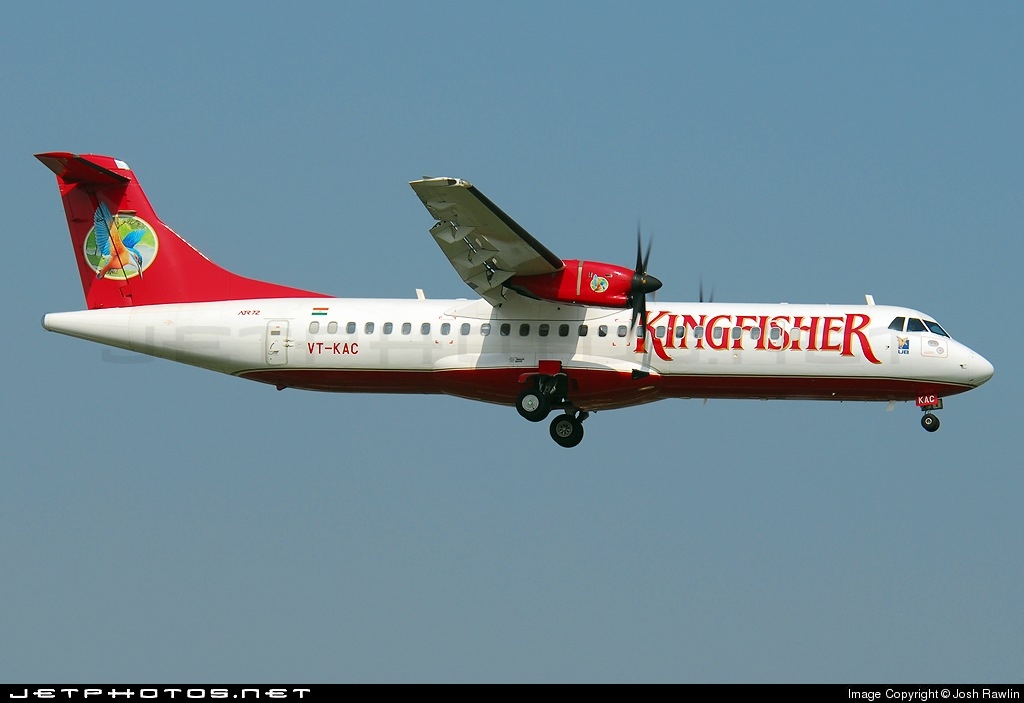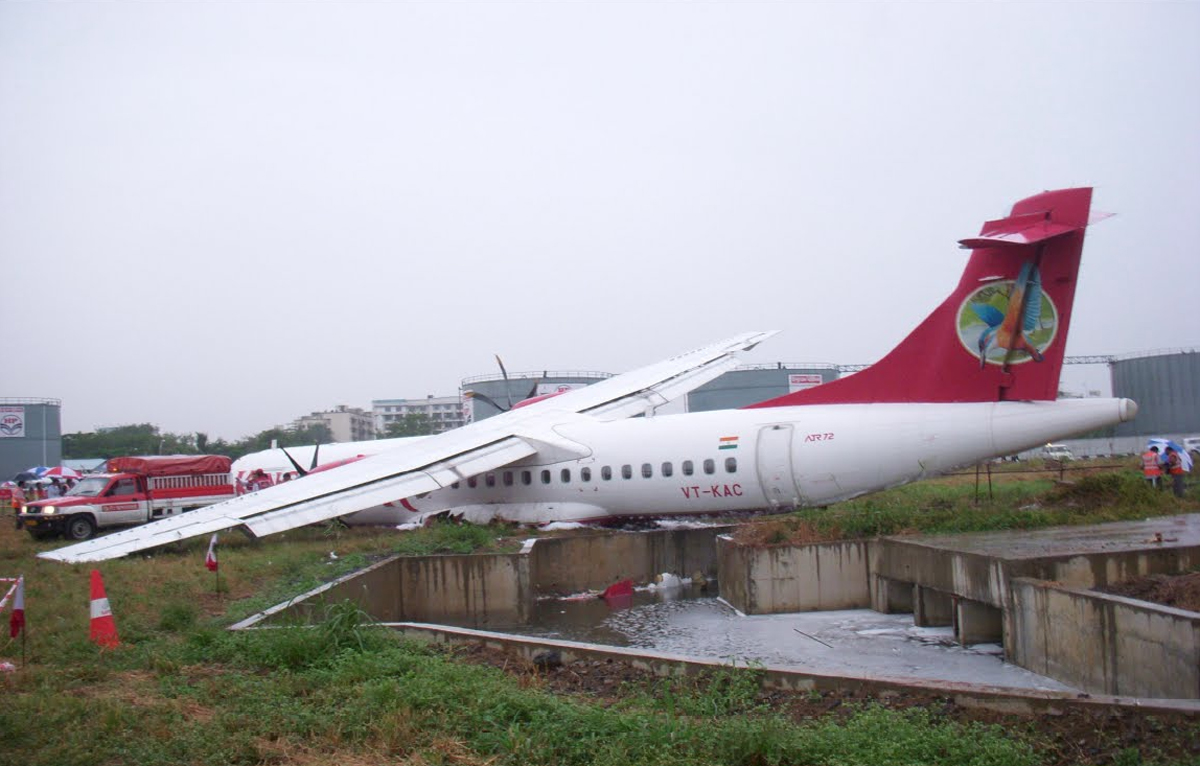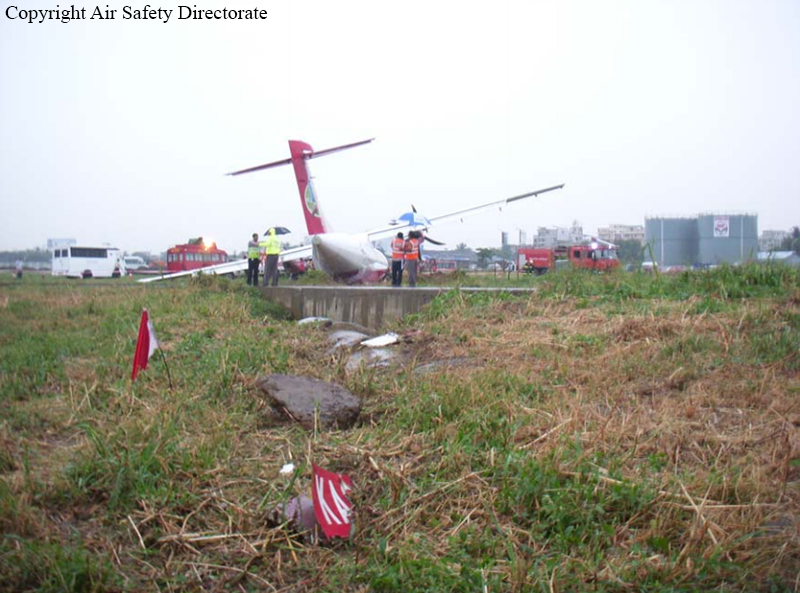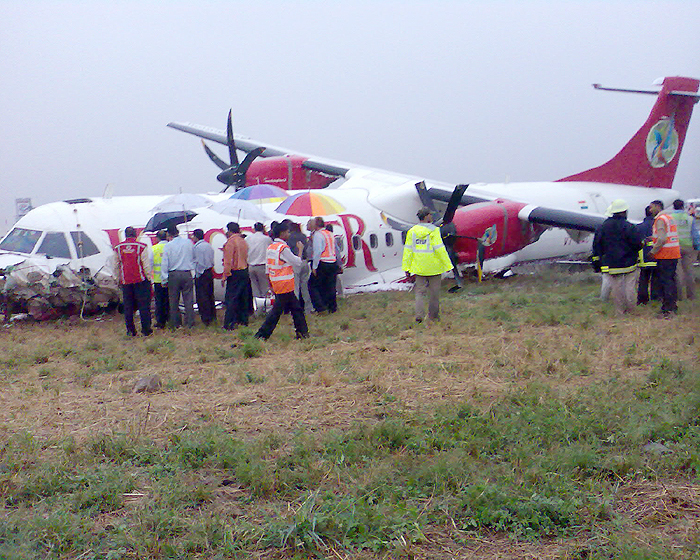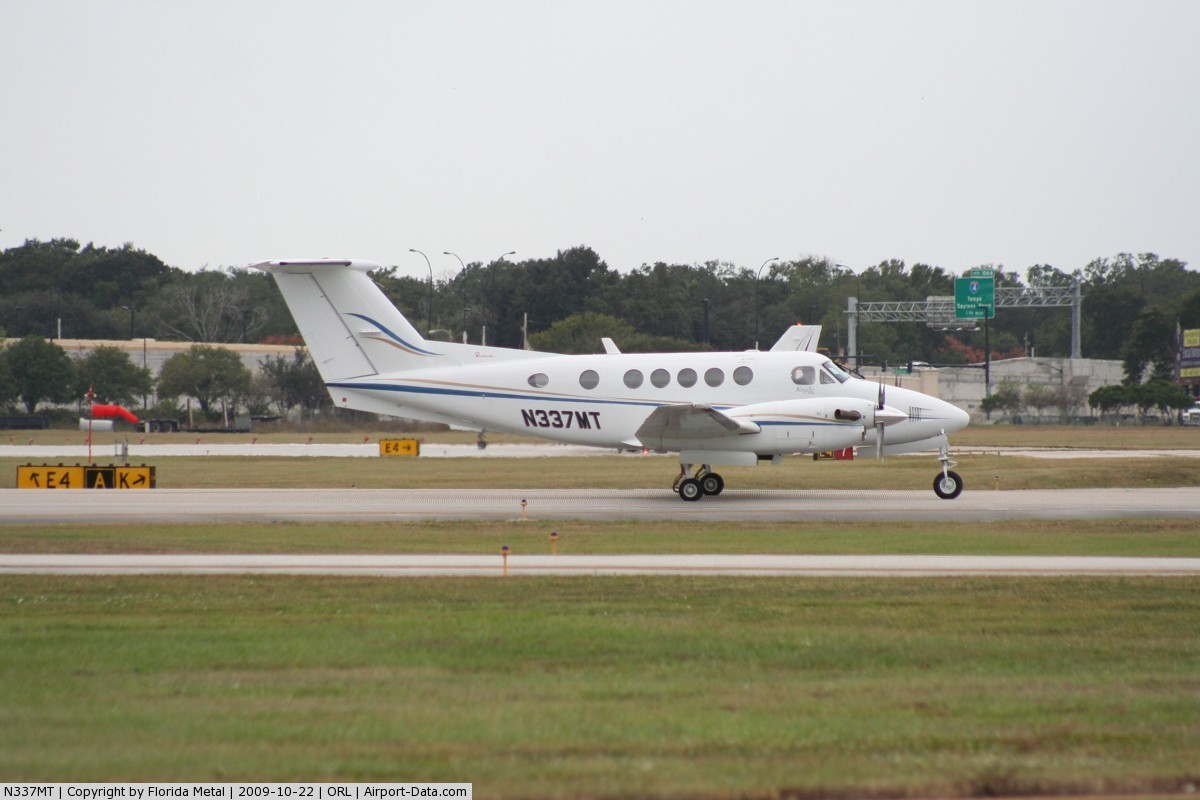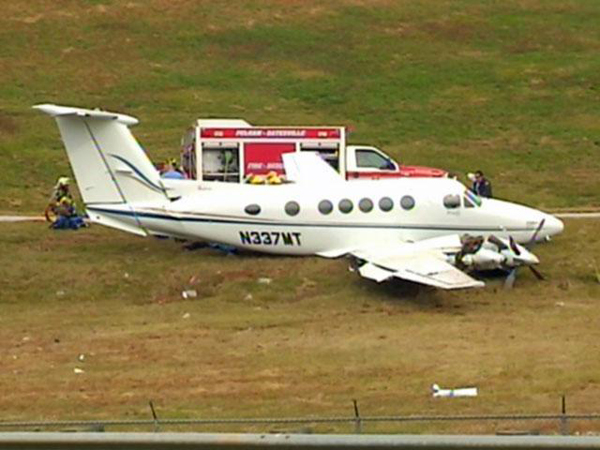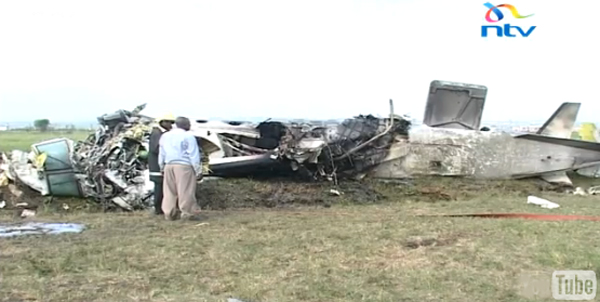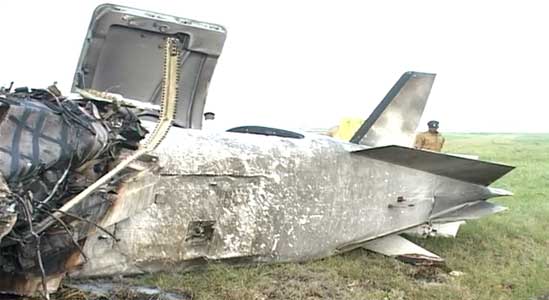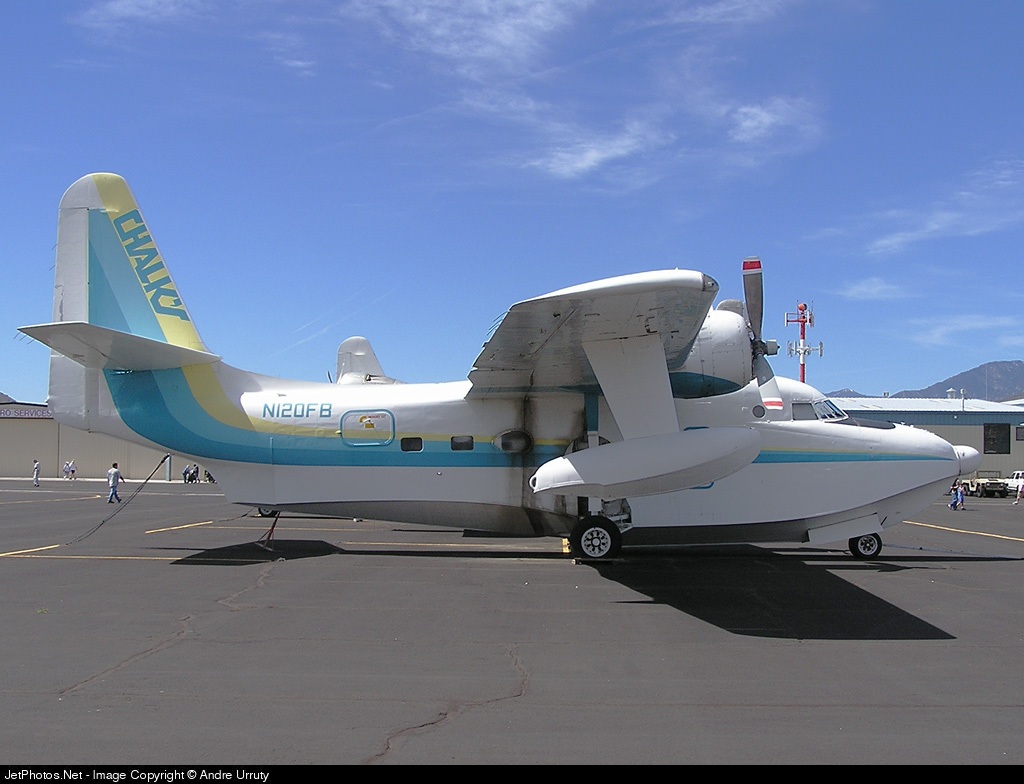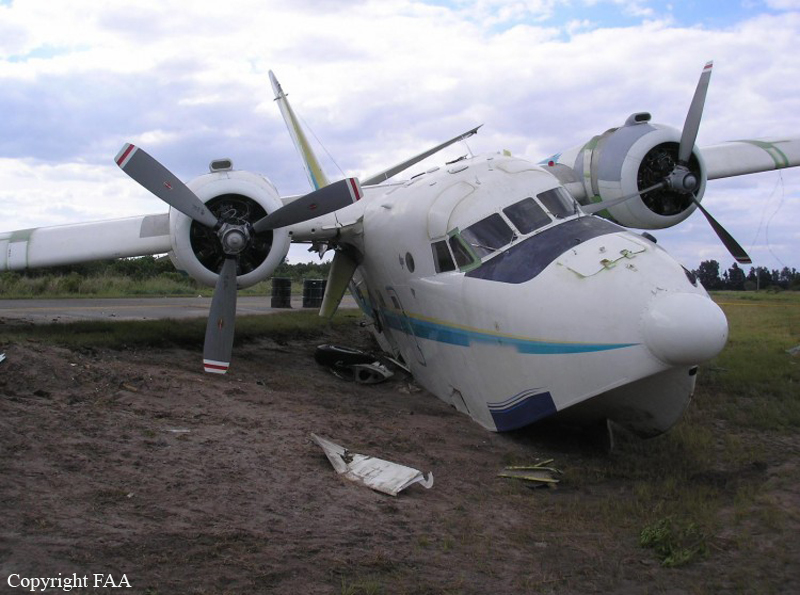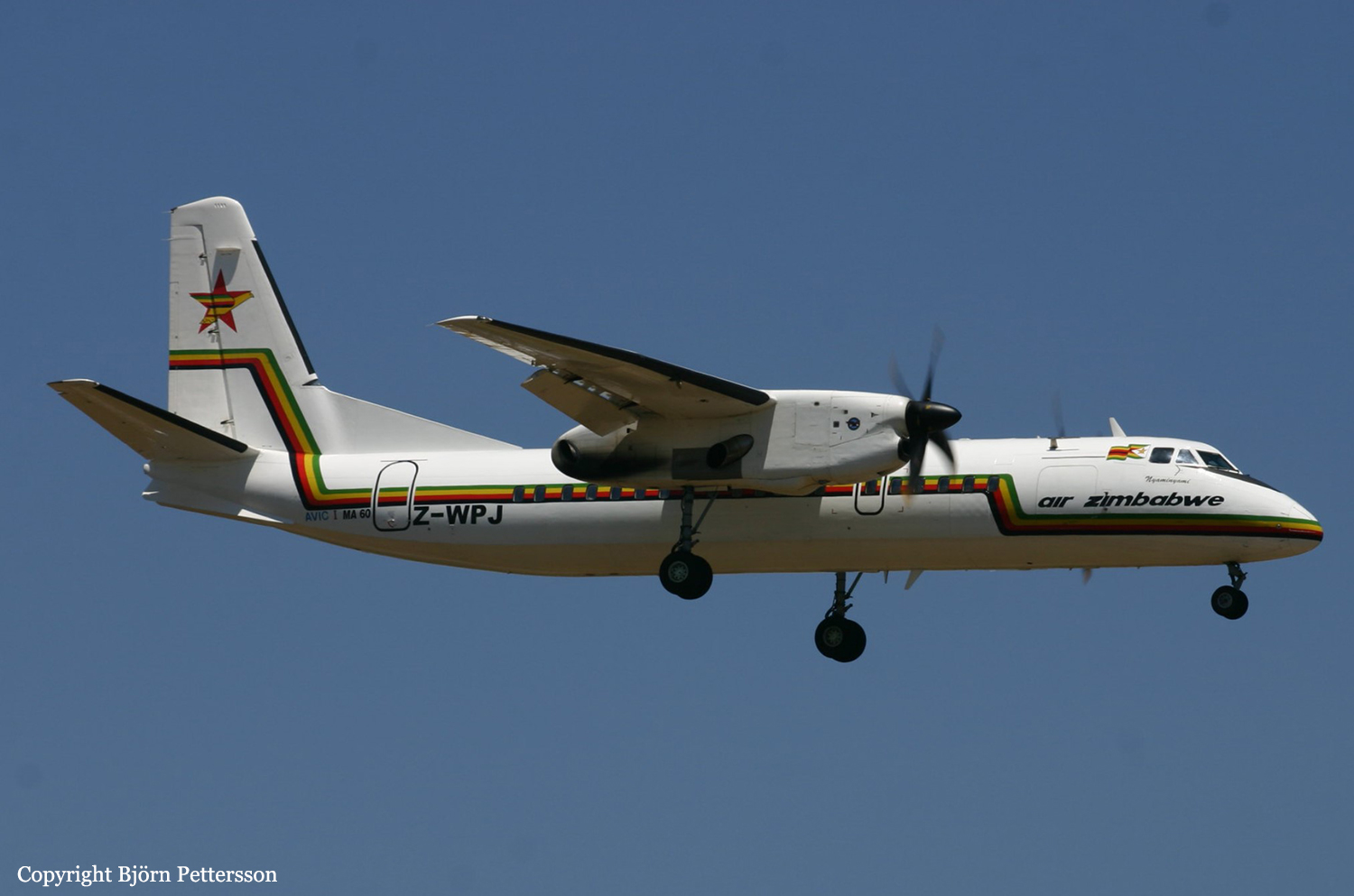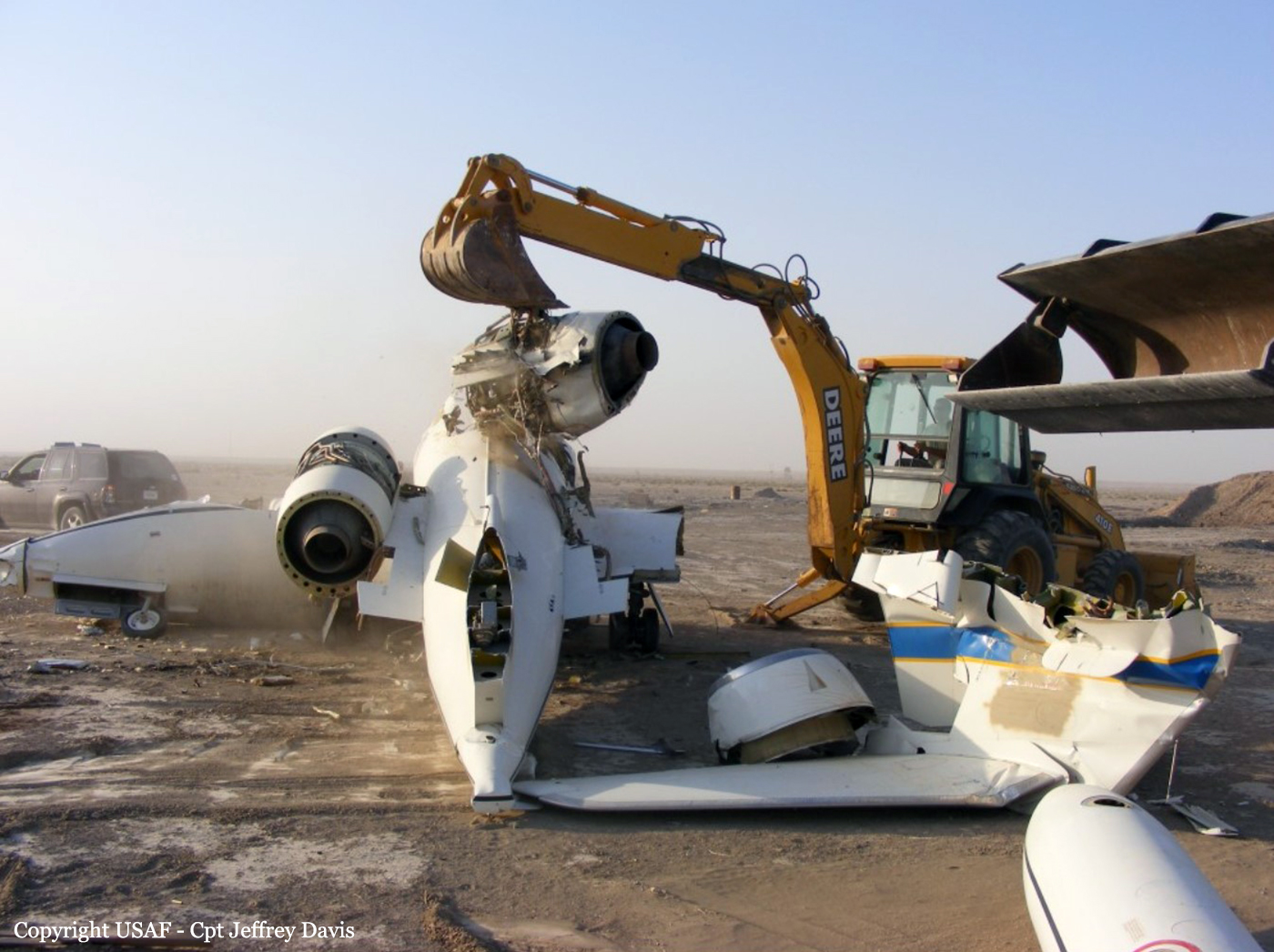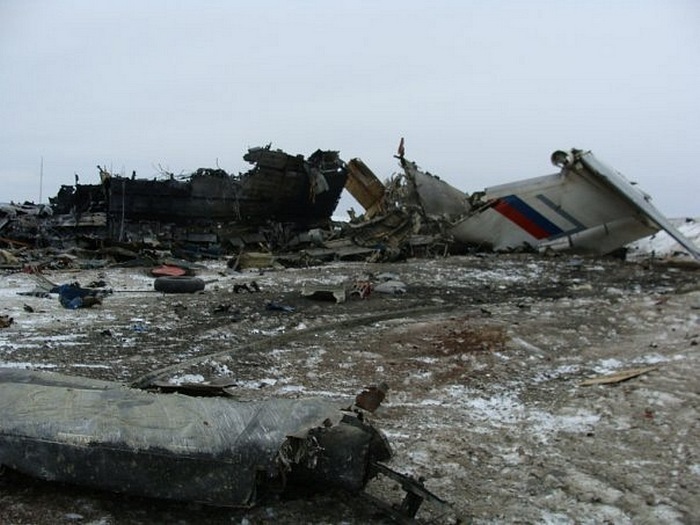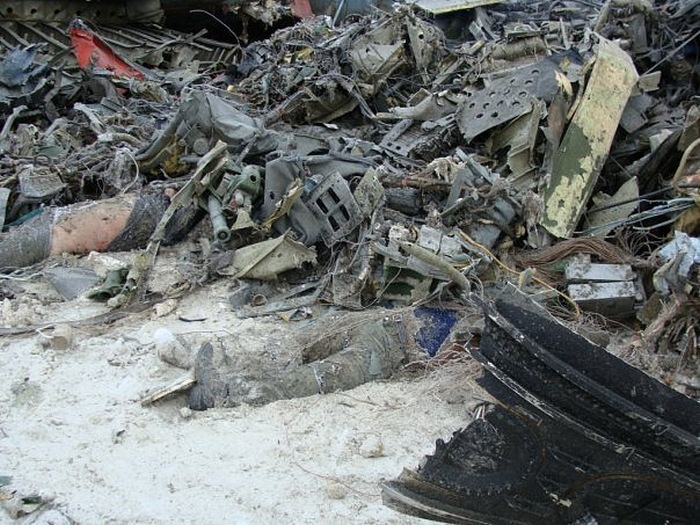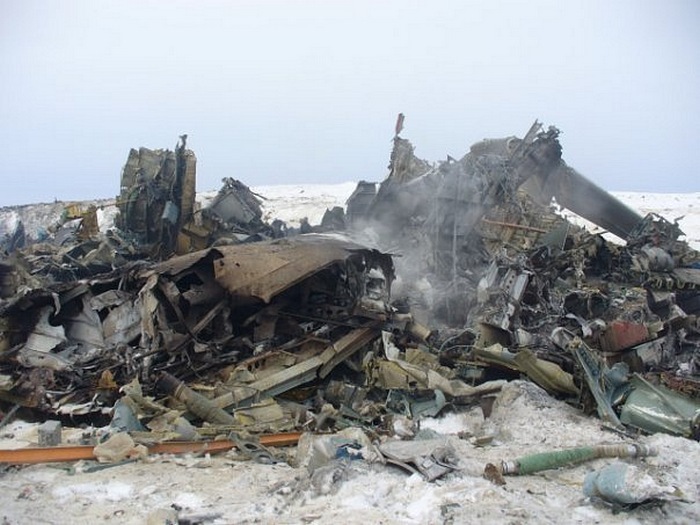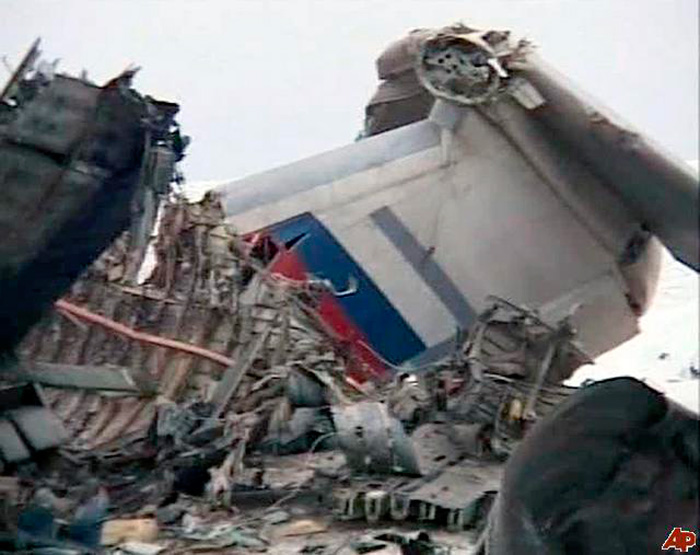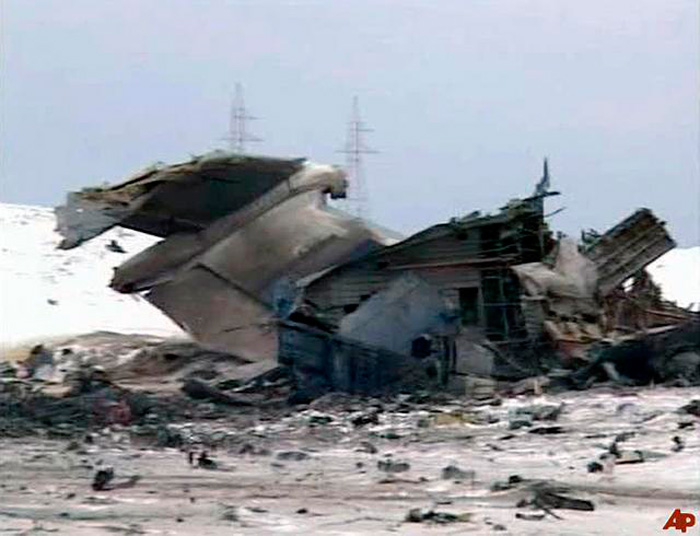Crash of a Travel Air 4000 in Fort Myers
Date & Time:
Nov 14, 2009 at 1018 LT
Registration:
N3823
Survivors:
Yes
Schedule:
Fort Myers - Fort Myers
MSN:
306
YOM:
1927
Crew on board:
1
Crew fatalities:
Pax on board:
2
Pax fatalities:
Other fatalities:
Total fatalities:
0
Captain / Total hours on type:
60.00
Aircraft flight hours:
5284
Circumstances:
During approach, the pilot of the tailwheel-equipped biplane flew along at 20-30 feet above the runway until he was at midfield. The biplane touched down, bounced back in to the air, touched down again, and bounced once more prior to touching down for a third time in a nose-high attitude. The biplane then veered to the right, the right wing dipped, and the biplane cartwheeled, coming to rest inverted. The pilot had 60 hours of flight experience in the biplane. The previous owner had advised the pilot that landing the biplane took patience to land it perfectly and that attempting to land the biplane on asphalt with low experience could cause the biplane to bump repeatedly. He also advised that if the pilot pulled back on the control stick too soon during landing it could result in ballooning and porpoising.
Probable cause:
The pilot's improper recovery from a bounced landing and failure to maintain directional control, which resulted in a ground loop. Contributing to the accident was the pilot's minimal experience in the airplane make and model.
Final Report:
